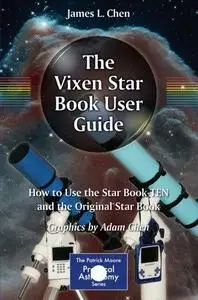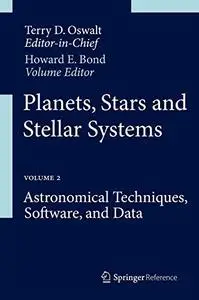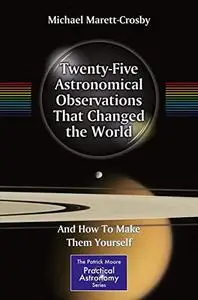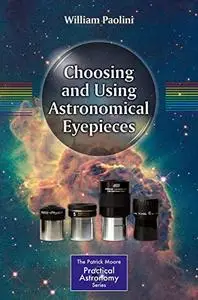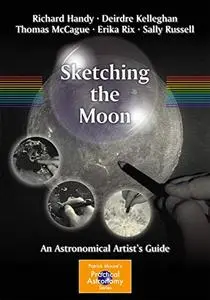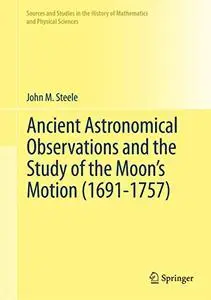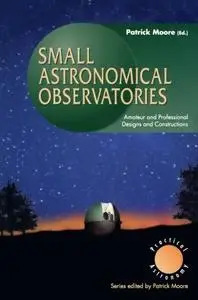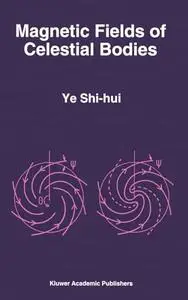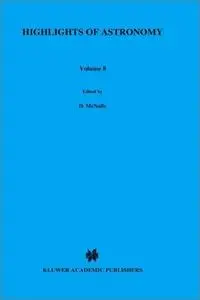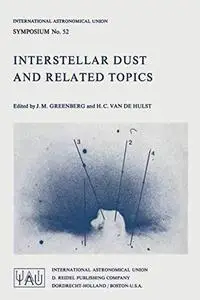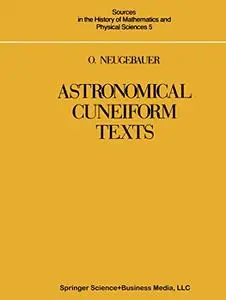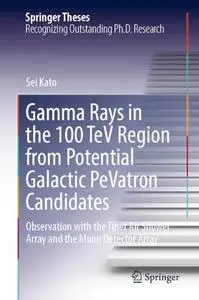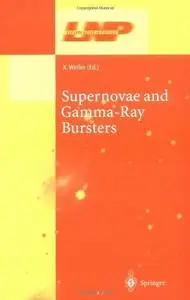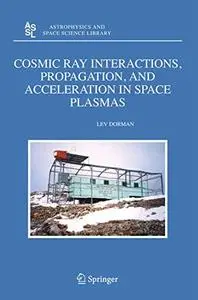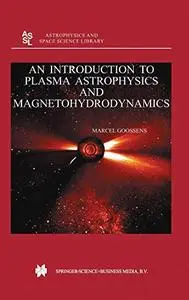Interstellar Dust and Related Topics by J. Mayo Greenberg, H. C. HulstEnglish | PDF | 1973 | 538 Pages | ISBN : 9027703965 | 45.5 MB
IAU Symposium Number 52 on Interstellar Dust and Related Topics was held at Albany, N.Y., on the campus of the State University of New York at Albany from May 29 to June 2, 1972. The members of the Organizing Committee were: Dr A. D. Code, University of Wisconsin, Madison, Wis., U.S.A. Dr B. D. Donn, Goddard Space Flight Center, Greenbelt, Md., U.S.A. Dr A. Elvius, Stockholm Observatory, Saltsjobaden, Sweden. Dr T. Gehrels, Lunar and Planetary Laboratory, University of Arizona, Tucson, Ariz., U.S.A. Dr J. M. Greenberg (Chairman), State University of New York at Albany, Albany, N.Y., U.S.A. Dr H. C. van de Hulst, Sterrewacht, Leiden, Holland. Dr S. B. Pikel'ner, Sternberg Astronomical Institute, Moscow, U.S.S.R. Dr E. E. Sal peter, Cornell University, Ithaca, N.Y., U.S.A. Dr B. E. Turner, National Radio Astronomy Observatory, Charlottesville, Va., U.S.A. The suggestion was first made in 1971 that a symposium on interstellar grains would be timely. The response to the first preliminary announcement, which was sent out on November 29, 1971, was well beyond our expectations. The meeting was locally sponsored by the State University and by Dudley Observatory. The National Aeronautics and Space Administration and the National Science Foundation con tributed along with the JAU. There were 158 participants of whom 49 were from 15 countries outside the United States. A total of 92 papers were presented.


